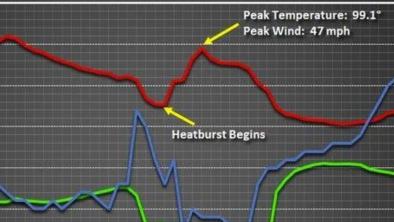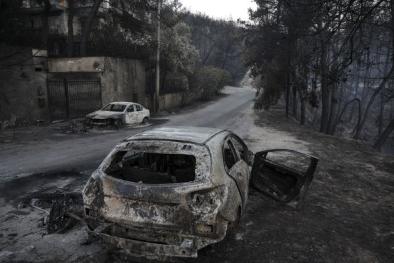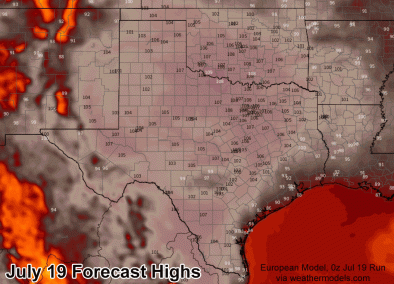2018's Hemispheric Heat Wave Wasn't Possible Without Climate Change, Scientists Say

As temperatures spiked across a large part of the Northern Hemisphere last summer, I got an alarming call from my mother, who was living in Linz, Austria. She was dizzy and disoriented, and she hadn't been sleeping.
The region had been suffering through several weeks of above average day and nighttime temperatures, and when I arrived, her apartment building felt like a concrete oven. Her symptoms sounded like heat exhaustion.
We helped her pack a bag, checked on an elderly neighbor with similar symptoms, and then left the sweltering city for a mountain lake like we were first-world climate refugees.
A study presented this week at a scientific conference in Vienna now shows that last summer's extreme heat was an "unprecedented" hemispheric event that would not have happened without heat-trapping greenhouse gas pollution, the researchers said, and that it lasted longer and was more widespread across the Northern Hemisphere than previously realized.
...
The new study, expected to be published soon, analyzed climate data from 1958 to 2018, and measured the geographic extent of the 2018 heat waves, which affected 17 countries, from the Scandinavian Arctic across the wheat belts of France and Germany, to densely populated cities in North America and Asia.
"We found that it could not have occurred without human-induced climate change," Vogel said at the annual European Geosciences Union meetingin Vienna this week. None of the climate models could simulate such a widespread series of linked heat waves without including heat-trapping pollution in the calculations, she said.
Related Content






